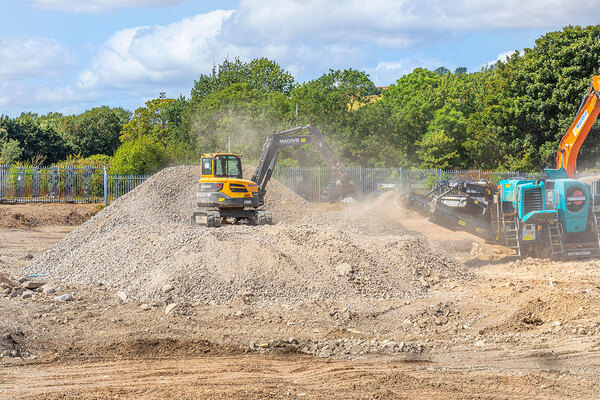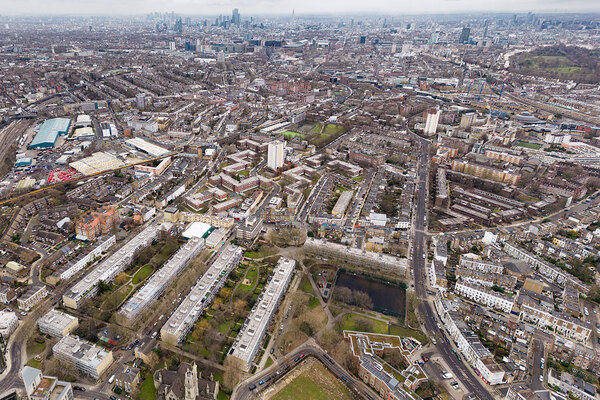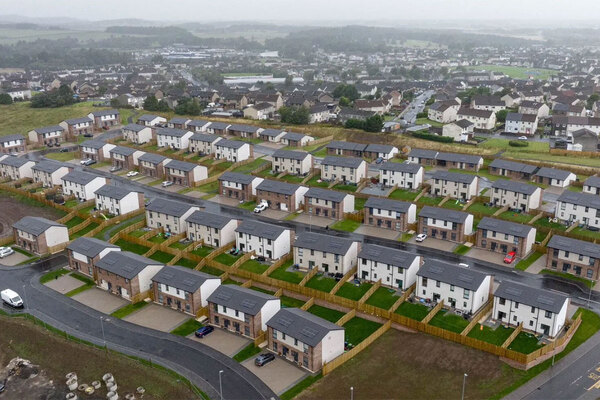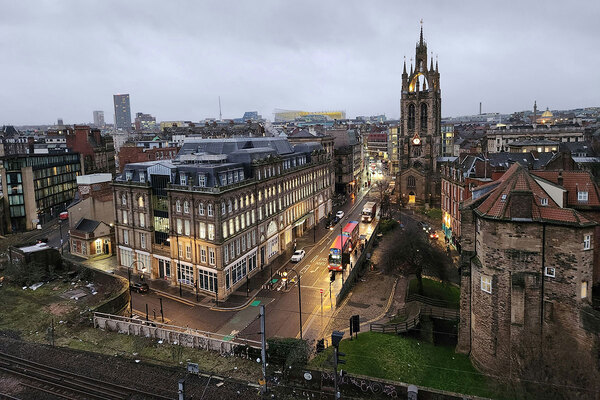You are viewing 1 of your 1 free articles
Brownfield Passports: a new opportunity, or just a rebranding of old policy?
While the government’s ideas on brownfield sites seem promising on paper, they present a number of issues, writes Lawrence Turner, a director at planning consultancy Boyer
For many years, we have grappled with the dilemma of how to develop brownfield sites for housing. So should we welcome the publication of a new policy paper on the subject?
Brownfield Passports are intended to clarify ‘acceptable development’ for previously developed land and identify areas where redevelopment, increased density or changes in land use meet community needs.
Brownfield Passports, which would be introduced as national development management policies under the Levelling-up and Regeneration Act 2023, are intended to simplify the development process for such sites.
The policy paper states: “The government has been clear that the first port of call for development should be brownfield land. That means making the most of previously developed urban land – bringing derelict sites back into use, taking forward small sites which have been overlooked for too long, and seizing suitable opportunities to make better use of existing land and buildings, particularly where intensification supports local centres and brings improved accessibility and connectivity.”
However, while the idea seems promising on paper, there are a number of issues – both practical and political – which should be considered.
First, clarity. Brownfield Passports are intended to provide certainty and reduce risk. This is important, as securing planning permission for housing on previously developed land can be a complex, lengthy and costly process.
“Local development orders could bypass planning committees, shifting decision-making power to higher levels of government and creating tensions between central government and local councils”
The proposed policy is set to introduce a minimum density expectation. Density and height have long been contentious issues, often leading to significant pushback from local communities. The hope is that by setting clear expectations for density, developers will be able to plan their projects with more confidence of success in the planning committee, avoiding the time-consuming and costly process of submitting multiple planning applications and appeals.
The government also proposes to use local development orders (LDOs) to create area-wide planning permission for brownfield sites. This would allow for greater consistency and speed, which would be particularly useful for larger-scale projects requiring extensive planning.
However, this is concerning in relation to the potential dilution of local authority powers, as LDOs could bypass planning committees, shifting decision-making power to higher levels of government and creating tensions between central government and local councils.
Furthermore, the introduction of LDOs could make it more difficult for councillors to address community opposition to development, and local residents may feel their concerns are being ignored if planning decisions are made at a distance, potentially undermining community trust in the planning system.
Another potential issue is the delay associated with the creation and implementation of LDOs, which could take months or even years to complete.
It is also worth considering how innovative Brownfield Passports are. The presumption in favour of sustainable development is intended to prioritise such sites for development, and the re-use of previously developed land has long been enshrined in national policy – such as permission in principle, which has experienced limited uptake since its introduction in 2018.
Furthermore, Brownfield Passports have strong associations with zoning. This is something the previous administration tried and failed to deliver in its 2020 white paper Planning for the future.
Similarly, while Brownfield Passports may offer greater clarity around what can be built on these sites, the fundamental problems remain the same: under-resourced local authorities, lengthy planning processes and insufficient funding for brownfield regeneration. For all the talk of streamlining the planning system, the reality is that local authorities are often significantly stretched, struggling to manage an overwhelming volume of planning applications.
“Without sufficient funding, Brownfield Passports may end up as little more than a cosmetic change to an underperforming system”
The success of Brownfield Passports to release additional land for much-needed social and affordable housing rests on several factors. Funding, too, is an important issue. Without sufficient funding, Brownfield Passports may end up as little more than a cosmetic change to an underperforming system.
While developers may welcome the clarity around what can be developed on brownfield sites, the reality is that a piecemeal approach to planning reform is rarely successful. Ensuring that local planning authorities have the resources, expertise and staff to process applications efficiently is key to boosting confidence in the planning system and encouraging investment in brownfield sites.
A reformed system lies in the imminent publication of a Planning and Infrastructure Bill which, we hope, will have wide-ranging benefits for planning and development.
Lawrence Turner, director, Boyer
Sign up for our development and finance newsletter
Already have an account? Click here to manage your newsletters













